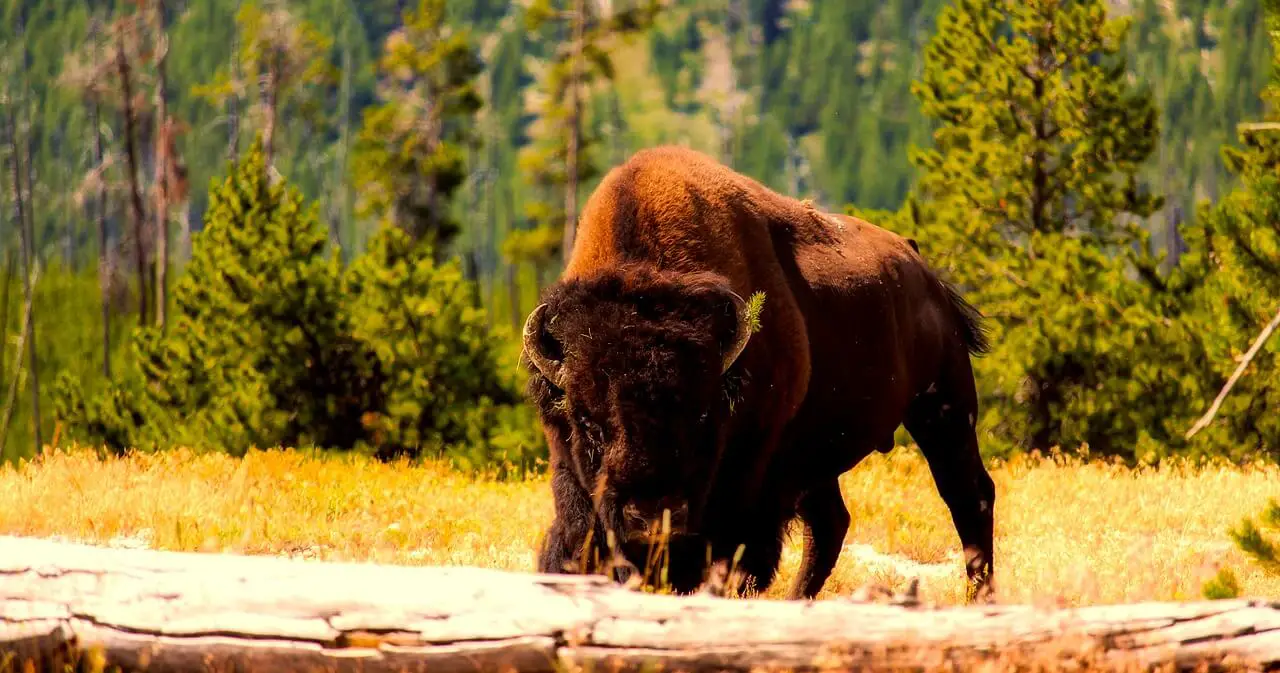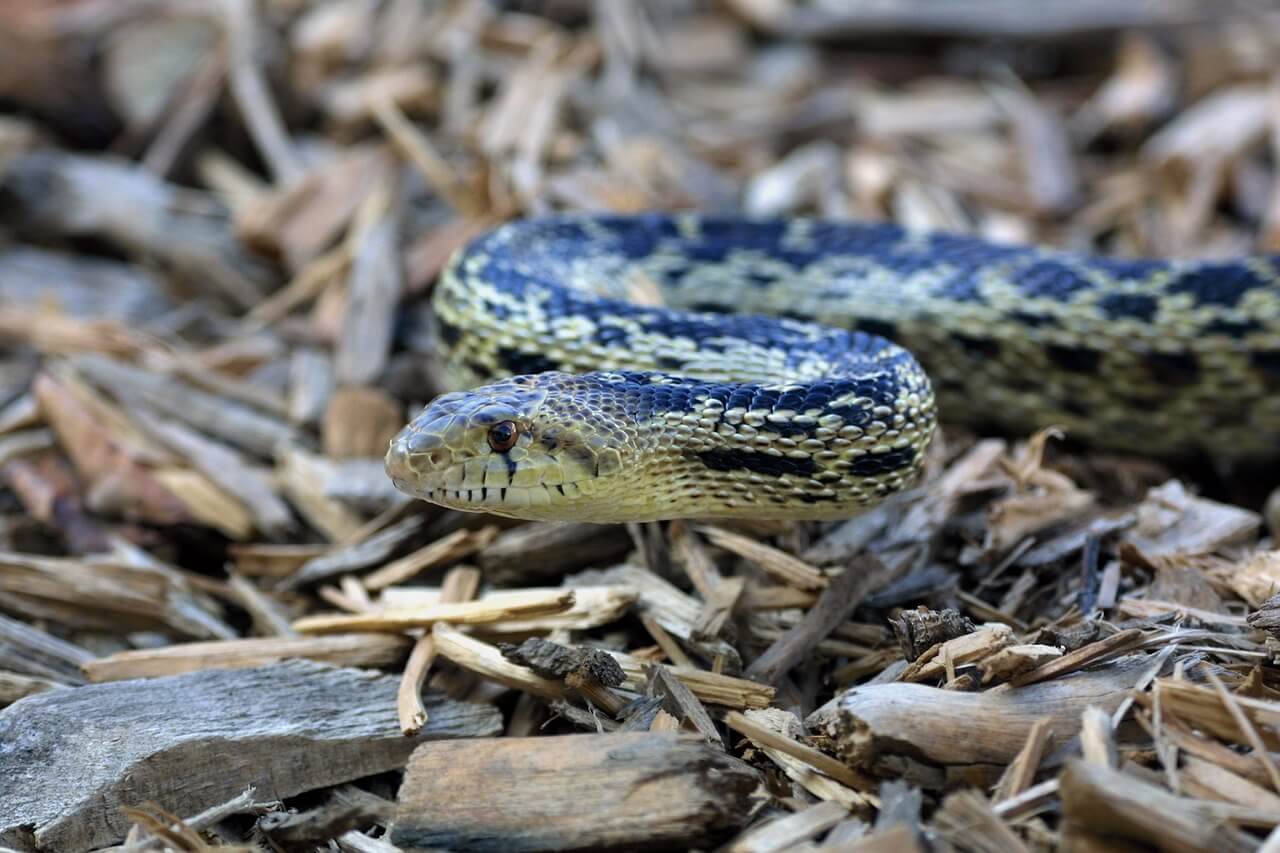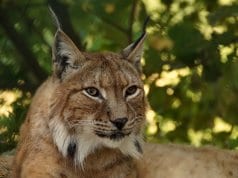Yosemite National Park is a nearly three-quarter-million-acre block of protected land, nestled in the western Sierra Nevada mountains. And although this tract of land is a mere 160-odd miles from San Francisco, it offers visitors a chance to visit another world, largely untouched by human hands.
Thanks to the land’s protected status, Yosemite National Park is a wildlife haven, that is home to hundreds of fascinating and beautiful animal species. We’ll explain some of the most notable species that call the park home below and provide a few tips for maximizing your chance to see them.
Yosemite National Park Basics
Yosemite National Park is a diverse and varied area, which features several different habitats.
Although the entire park lies within the greater Sierra Nevada ecosystem, it is home to five distinct vegetation zones. These include (in descending order of elevation): alpine, subalpine, upper montane forest, lower montane forest and oak-chaparral woodland.

Each vegetation zone supports a different collection of wildlife species, although some animals are found in multiple places within the park. As a practical matter, visitors will spend most of their time in the oak-chaparral woodland and montane forest zones.
Yosemite’s Hooved Mammals
Two hooved mammals inhabit the park, but one is easier to see than the other.
A healthy population of California mule deer live within Yosemite’s borders. In fact, these are likely the most commonly observed mammals in the park. They’re certainly easier to spot than any of the other large mammals that live within the park’s borders. You could see deer in just about any of the park’s low elevations, including near visitor centers and other facilities.

The other hooved mammal that lives in Yosemite is the Sierra Nevada bighorn sheep. A denizen of the park’s highest and most rugged regions, the bighorn sheep is very difficult to observe. These are extremely wary animals, who’ll flee at the first sign of humans. Additionally, there aren’t many of them in the park, and they’re only found in the vicinity of Tioga Pass.
Predators of the Park
Although humans are the park’s apex predator, many other species call the region home.
Like any other healthy ecosystem, Yosemite National Park is home to a variety of predators. Some of the most commonly seen predators include:
- North Pacific rattlesnake
- Gopher snake
- California mountain kingsnake
- Striped skunk
- California spotted skunk
- California spotted owl

However, while these species are usually somewhat abundant, it is the rarer, larger and more charismatic predators that most excite visitors. A number of larger predators live within the park. This includes relatively familiar species, such as foxes and coyotes, as well as unfamiliar animals, such as the wolverine.
Black bears are commonly spotted inside the park – they’re even seen with regularity in some places. Mountain lions are also native to the park. They’re very rarely seen, but it is still exciting to know that they’re walking alongside you in the park.
Rodent Run Down: Some of the Park’s True Stars
Although rodents rarely draw a lot of attention, Yosemite’s rodents are quite the exception.
Statistically speaking, you’re far more likely to see rodents than any other wildlife when visiting Yosemite. Indeed, the park’s squirrels and chipmunks are especially common, and often ignore passing humans. This means you’ll often be able to see them up-close.

However, the park also hosts a few larger rodents. Marmots are endearing ground-dwelling rodents, who’re famous for the high-pitched shriek they emit when frightened. They’re usually bold around people, which makes them easy to observe and photo. But the most fanciful rodent in the park – as well as the largest – is the porcupine. Porcupines aren’t as easy to spot as marmots, but lucky visitors see them from time to time.
Wildlife Spotting Tips
By embracing the following tips, you’ll increase your odds of seeing an array of wild animals.
Always take advantage of every resource the park provides to increase your chances of seeing wildlife during your visit. This means reviewing the interpretive signs and literature provided and following any advice the rangers and guides offer.
However, you can also employ these general tips to help give you the best chance of seeing a variety of wildlife:
- Bring a good pair of binoculars. Many of the species that inhabit the park are only easy to see from a distance. Similarly, bring a good telephoto lens if you intend to photograph the animals you see.
- You’ll have the best chance to see wildlife in the early morning and late afternoon. Many animals will lay low during the middle of the day, particularly during the height of summer.
- Take the time to sit and wait quietly while walking on the trail. This will help give you a chance to observe things like deer and birds that you’d miss if you walked the entire time.
- Limit your group size to give yourself a better chance of seeing wild animals. However, you must never travel alone, as doing so is extremely dangerous. Additionally, you should disregard this advice if the park staff recommends such, or if bears or mountain lions have been sighted in the area.
Finally, while it may be tempting to use food to lure animals closer, you must never feed the wildlife within the park. Doing so is dangerous, and it instills bad behaviors in the resident wildlife.

Yosemite National Park has a lot of things going for it. It is not only home to a variety of wild animals, it provides a litany of glorious vistas you can enjoy. But perhaps the most intriguing thing about the park is its proximity to major metropolitan areas. This means you can enjoy the park without having to trek for days on end to reach it.
Have you ever visited Yosemite National Park? We’d love to hear about it. Tell us all about the wild animals you had the opportunity to observe in the comments below.














![Red Angus Closeup of a beautiful Red Angus cowPhoto by: U.S. Department of Agriculture [pubic domain]https://creativecommons.org/licenses/by/2.0/](https://animals.net/wp-content/uploads/2020/03/Red-Angus-4-100x75.jpg)

